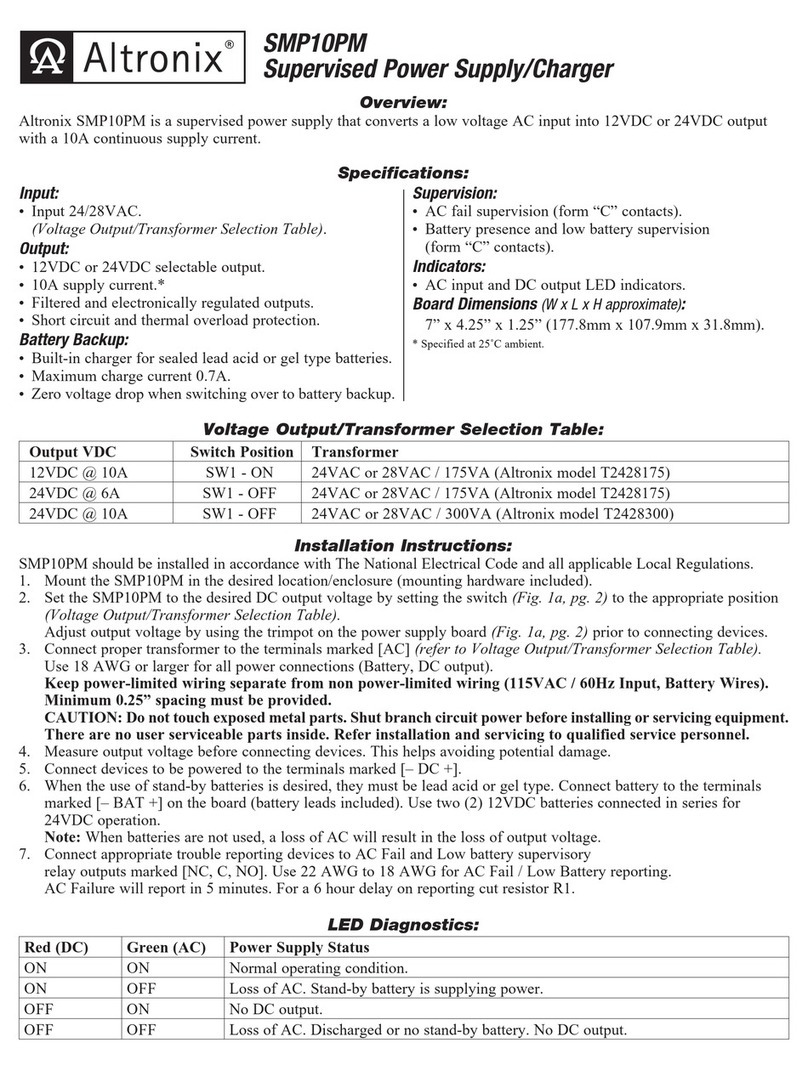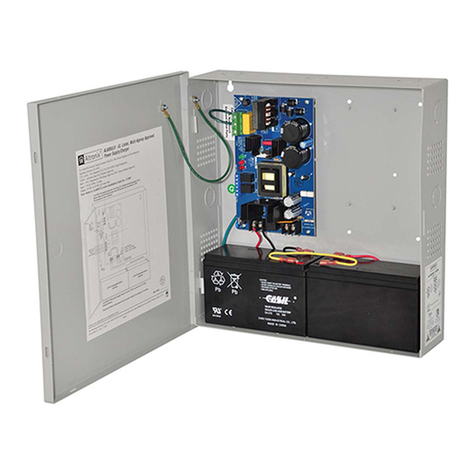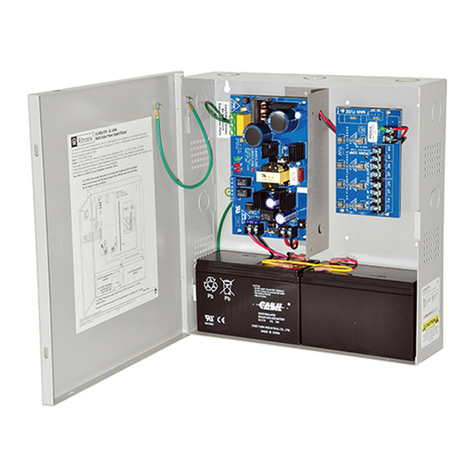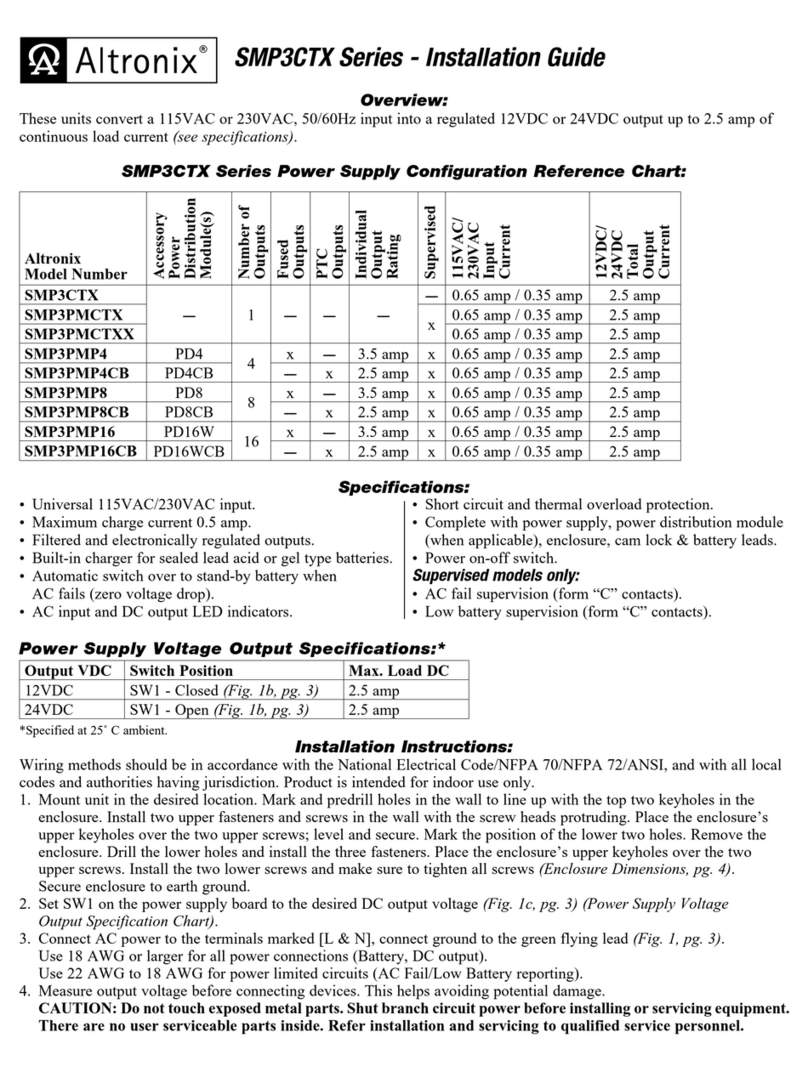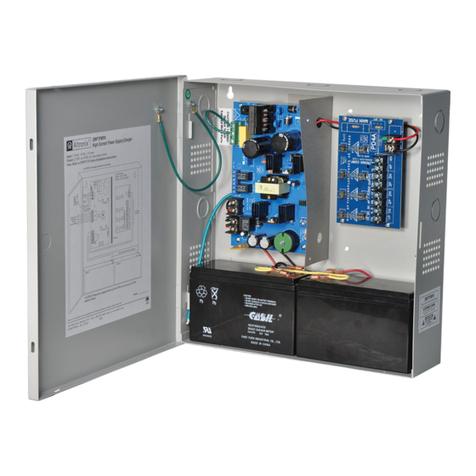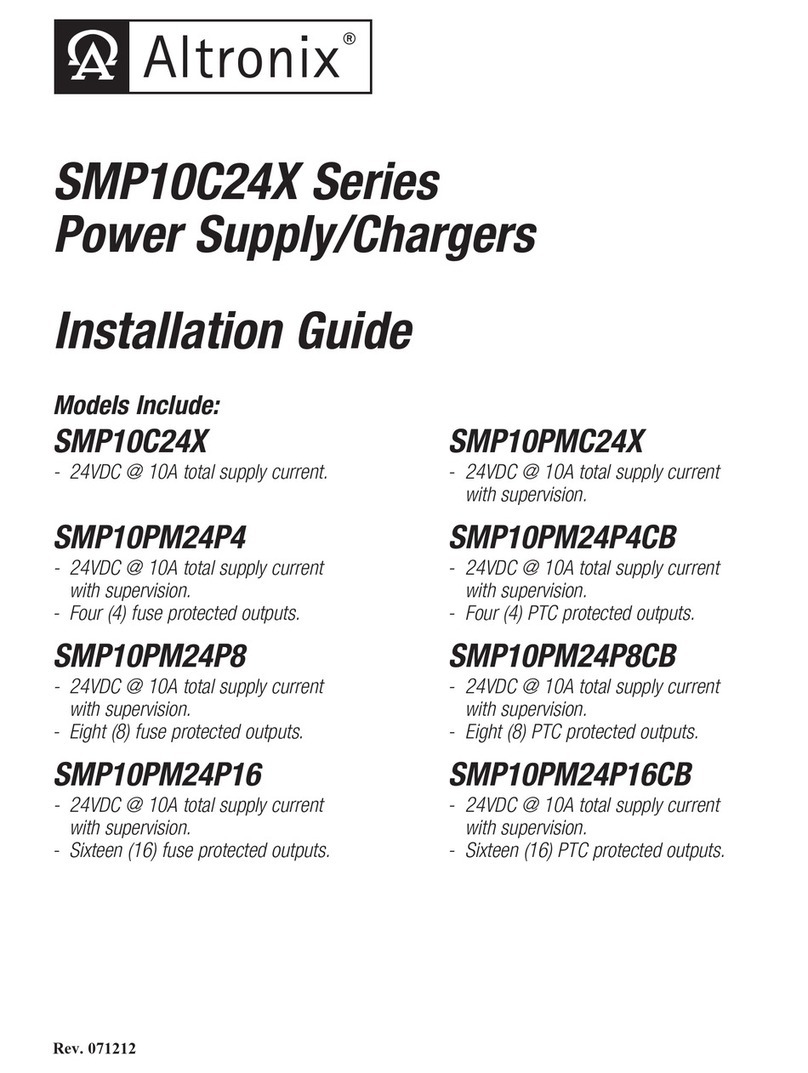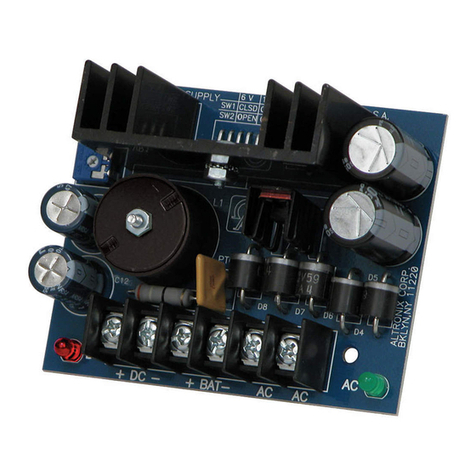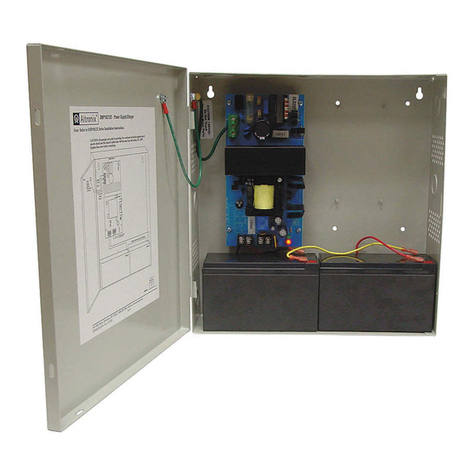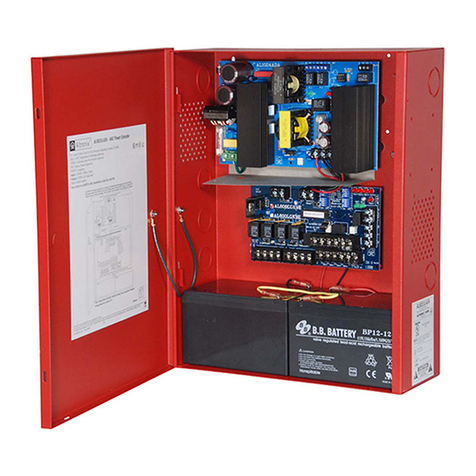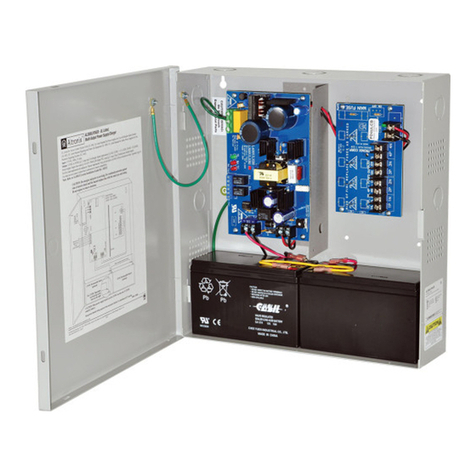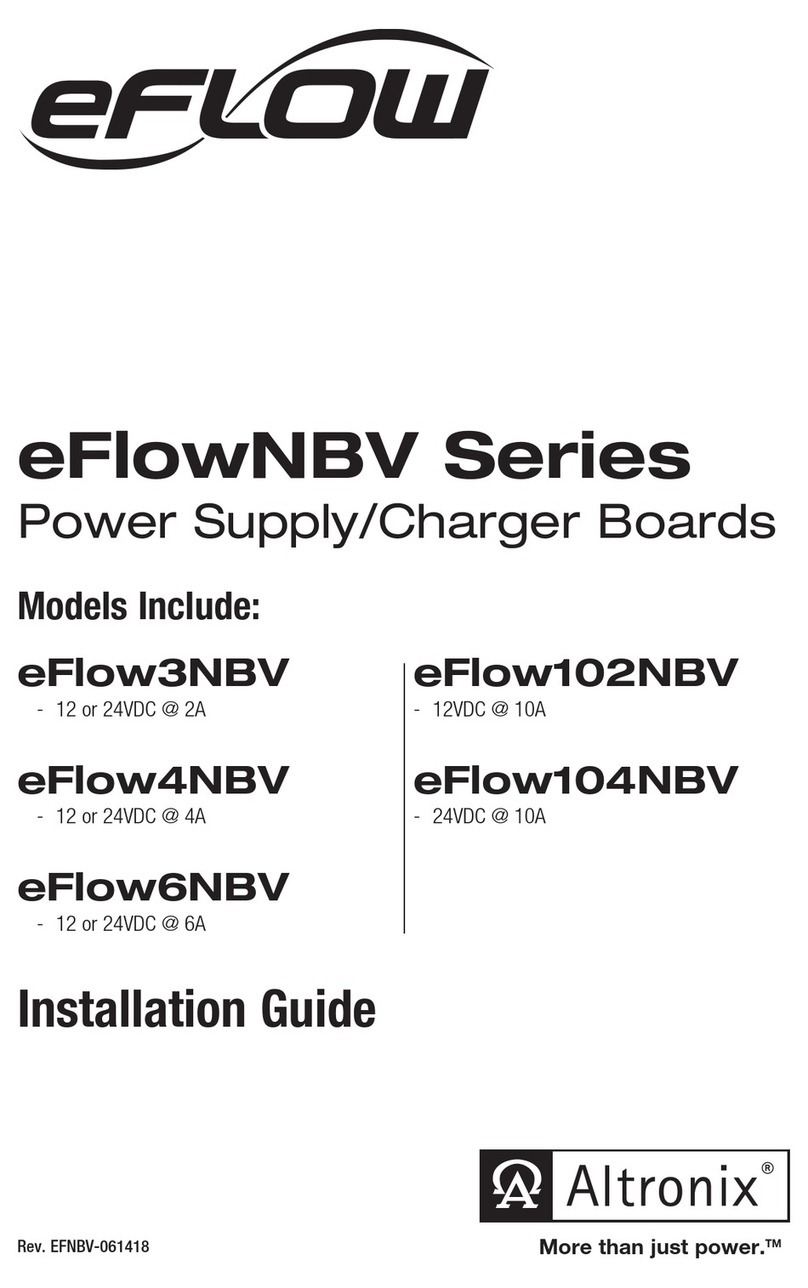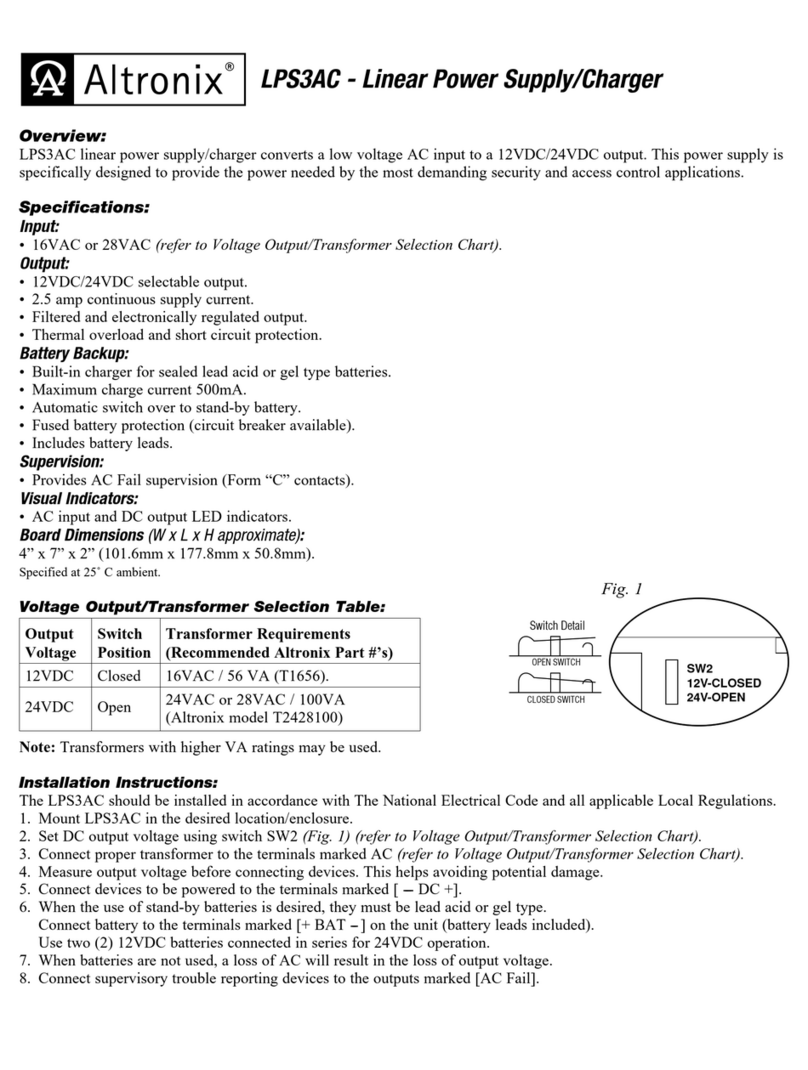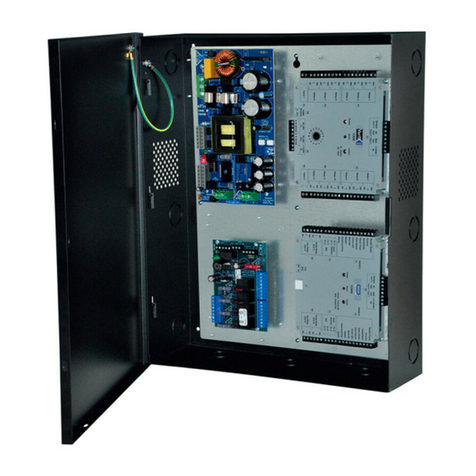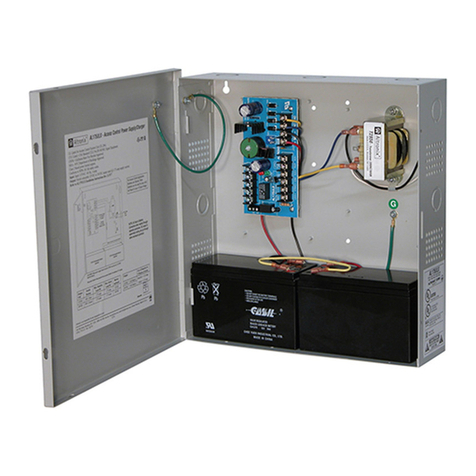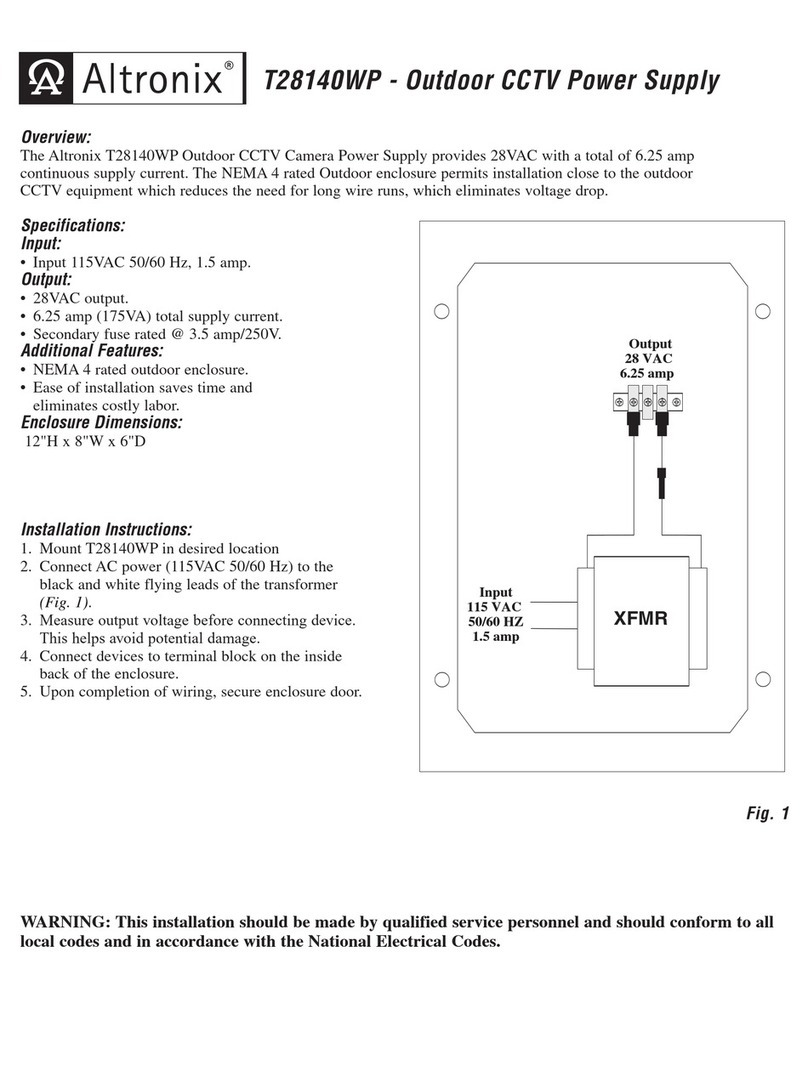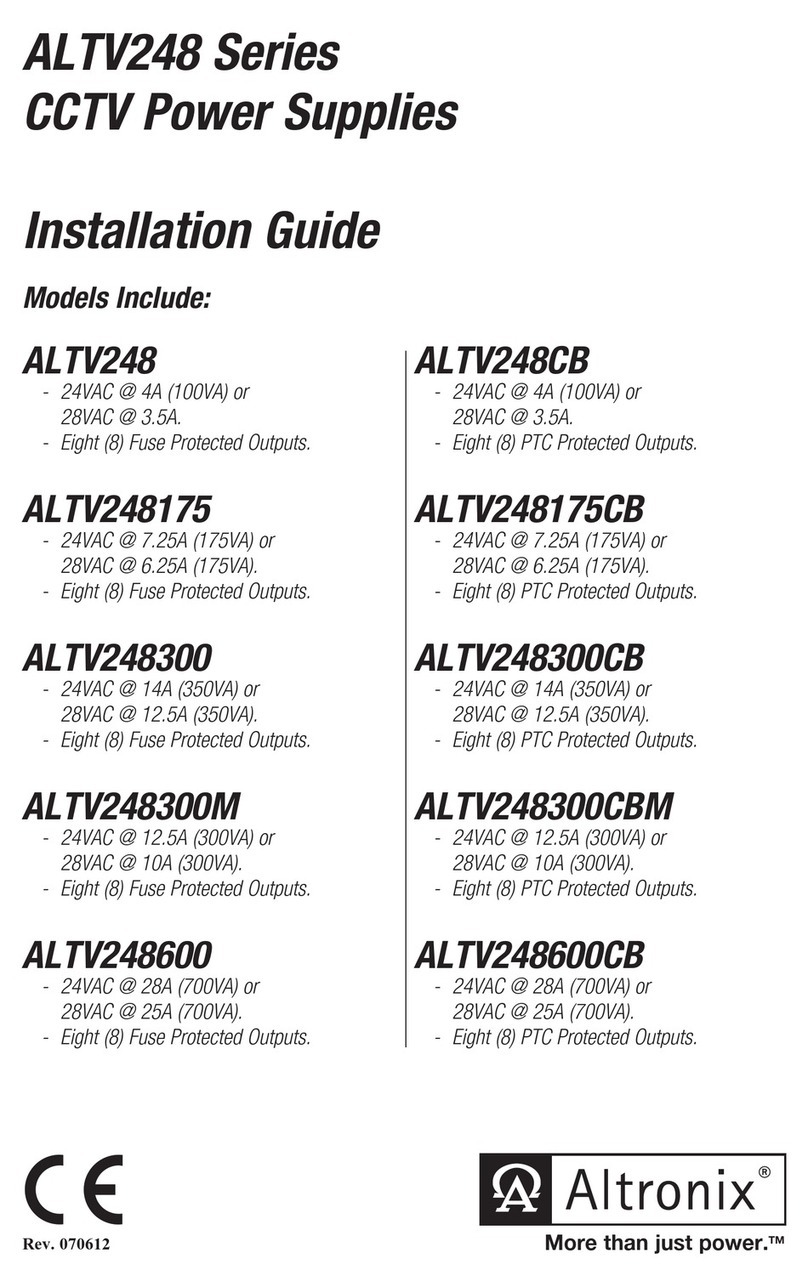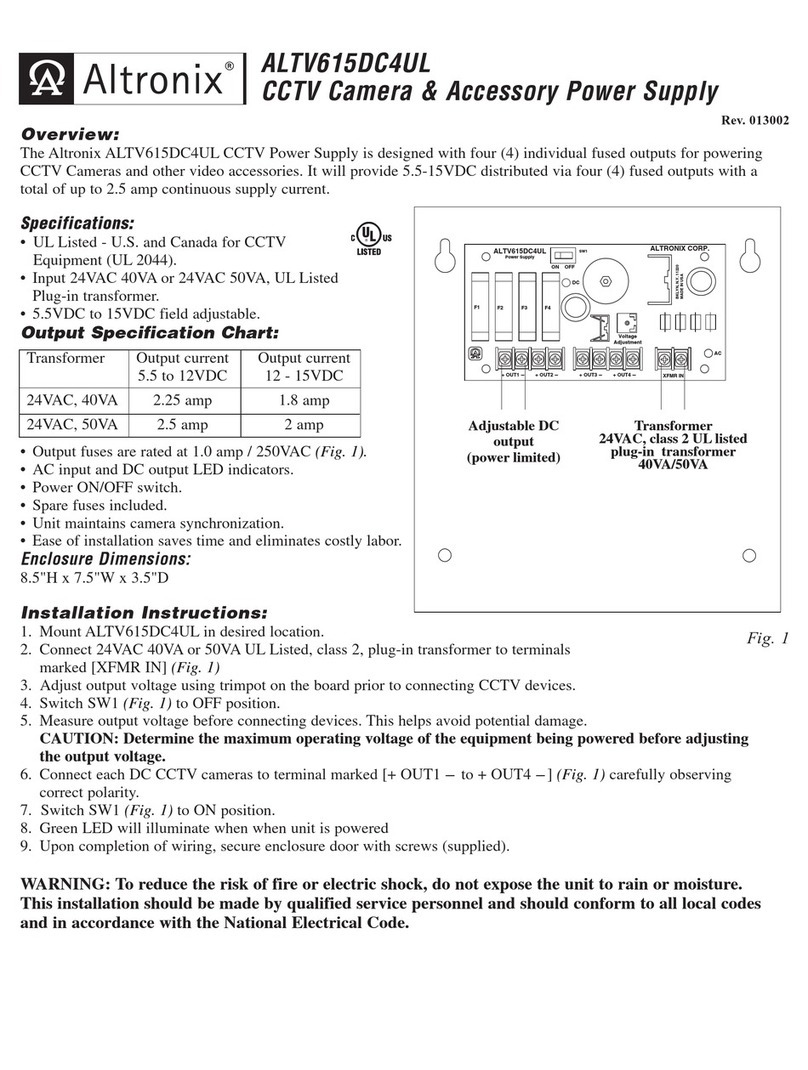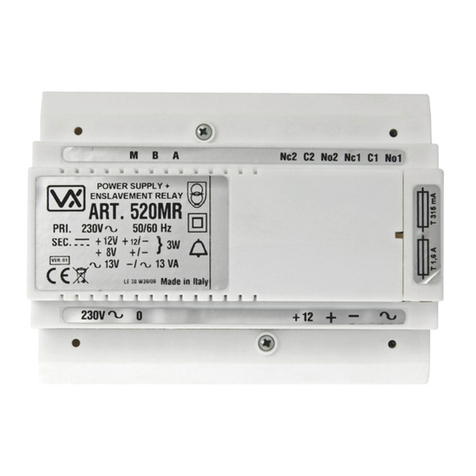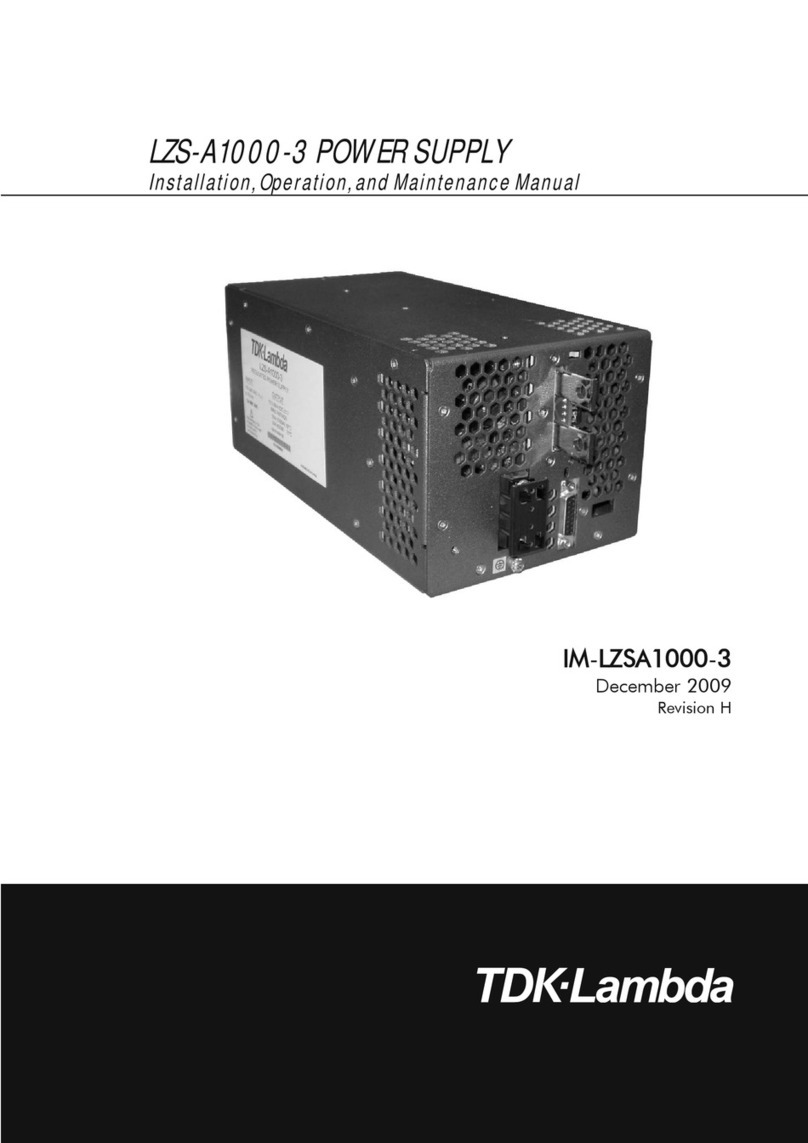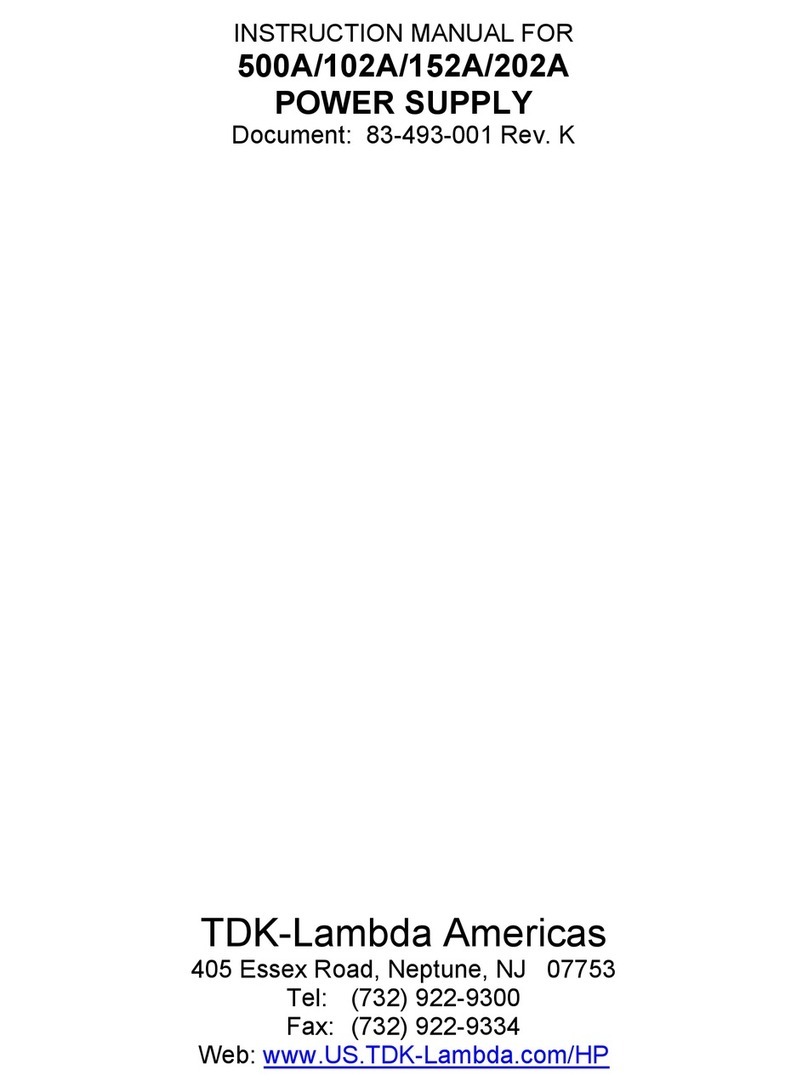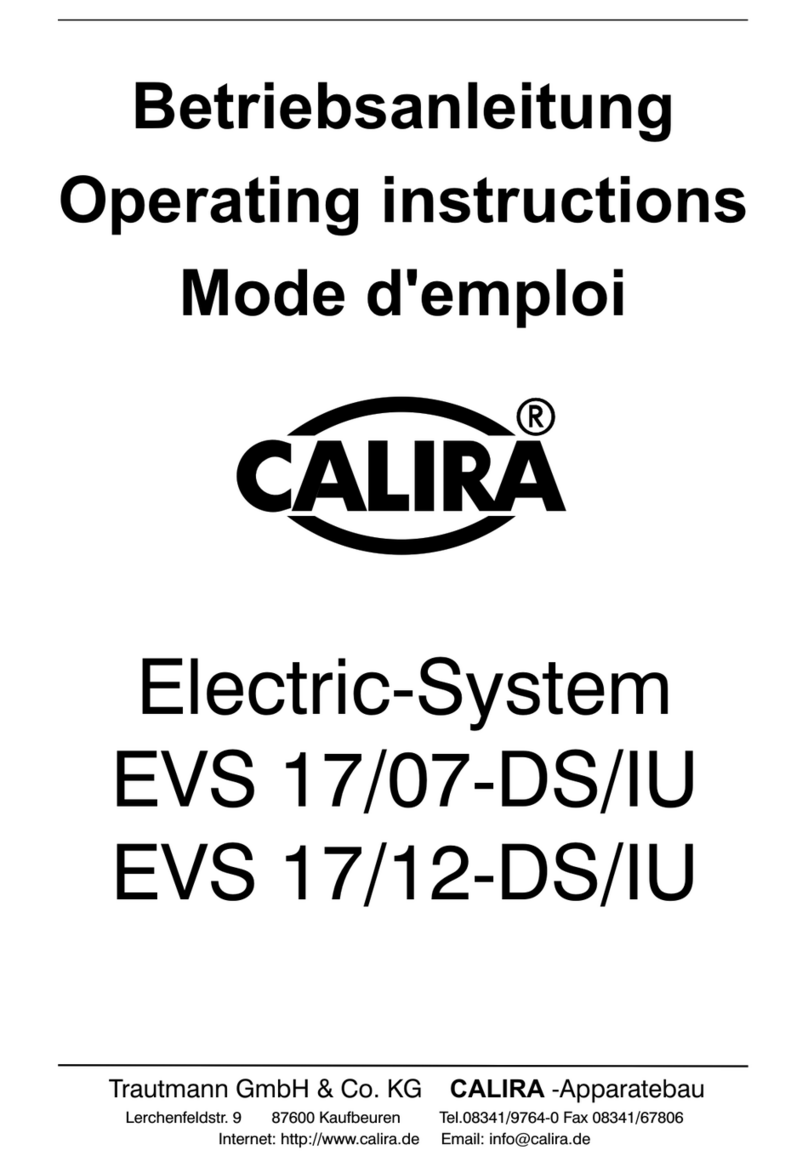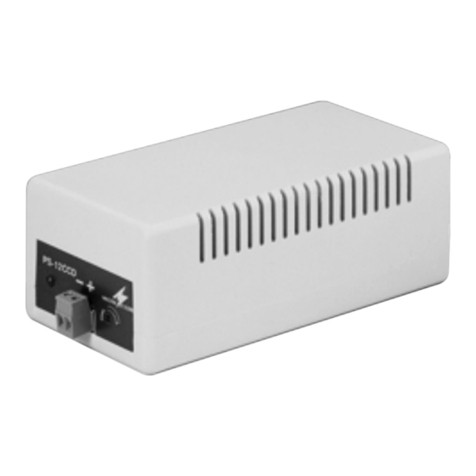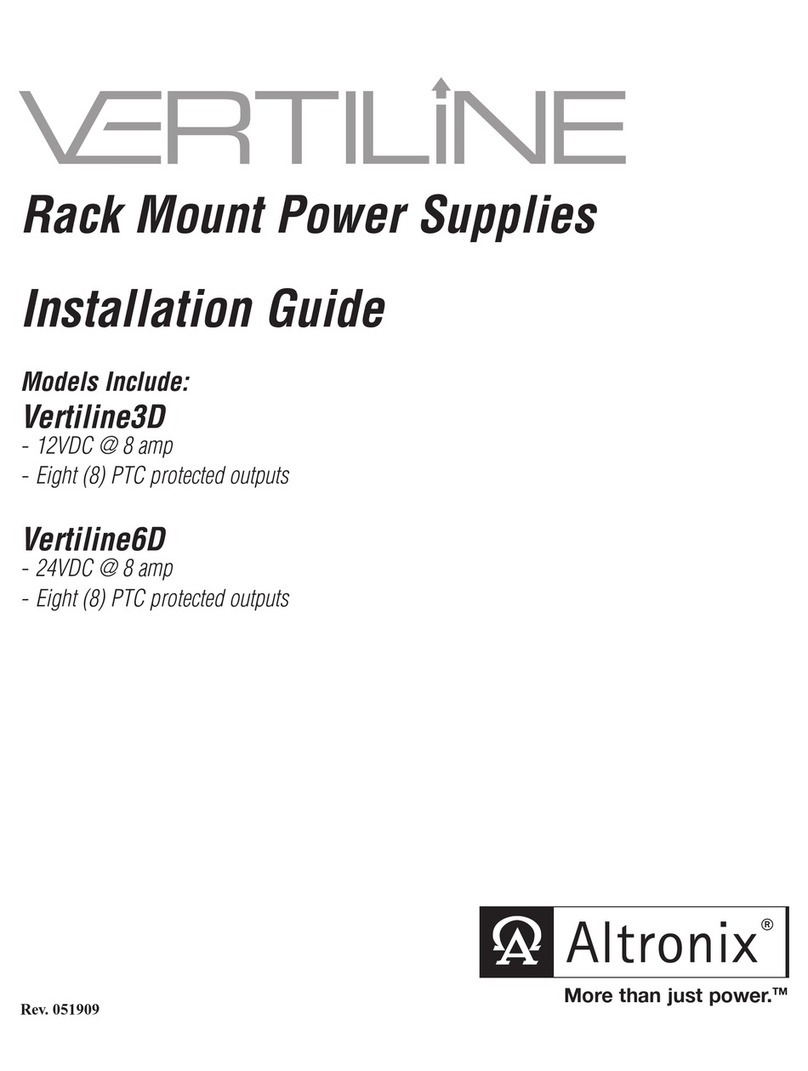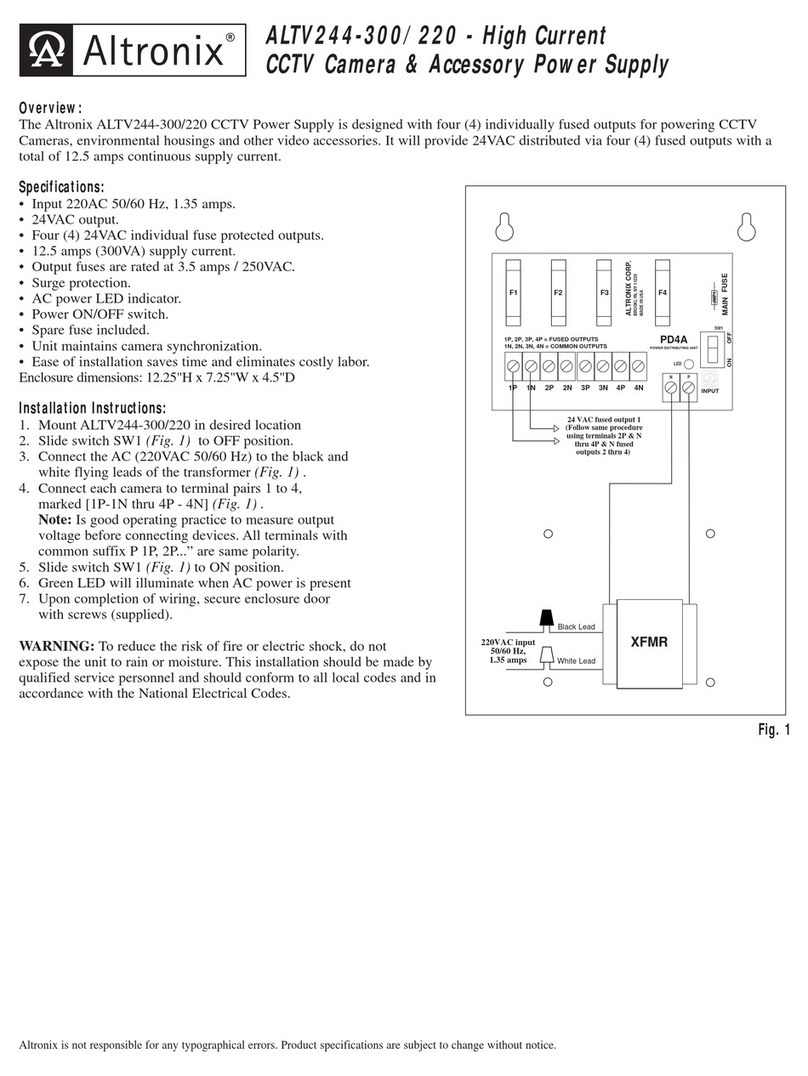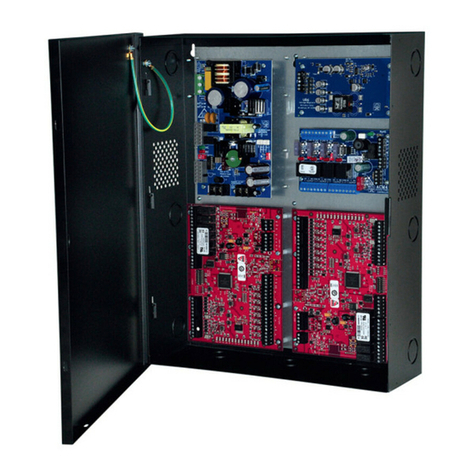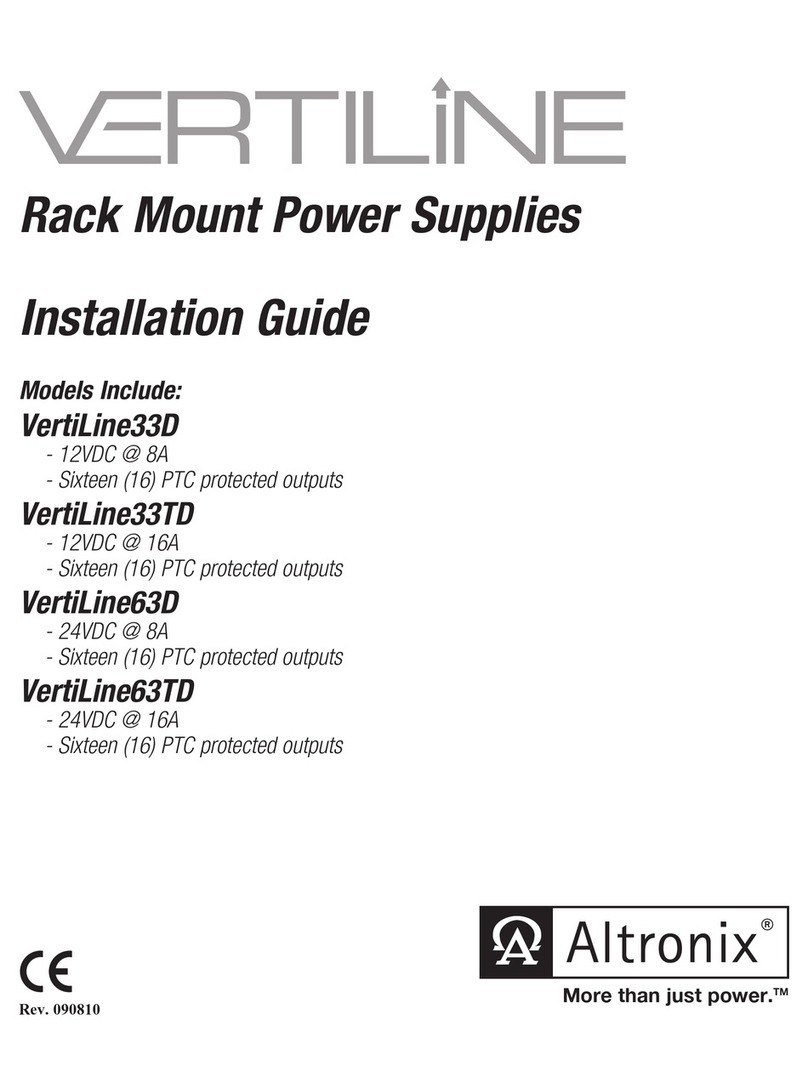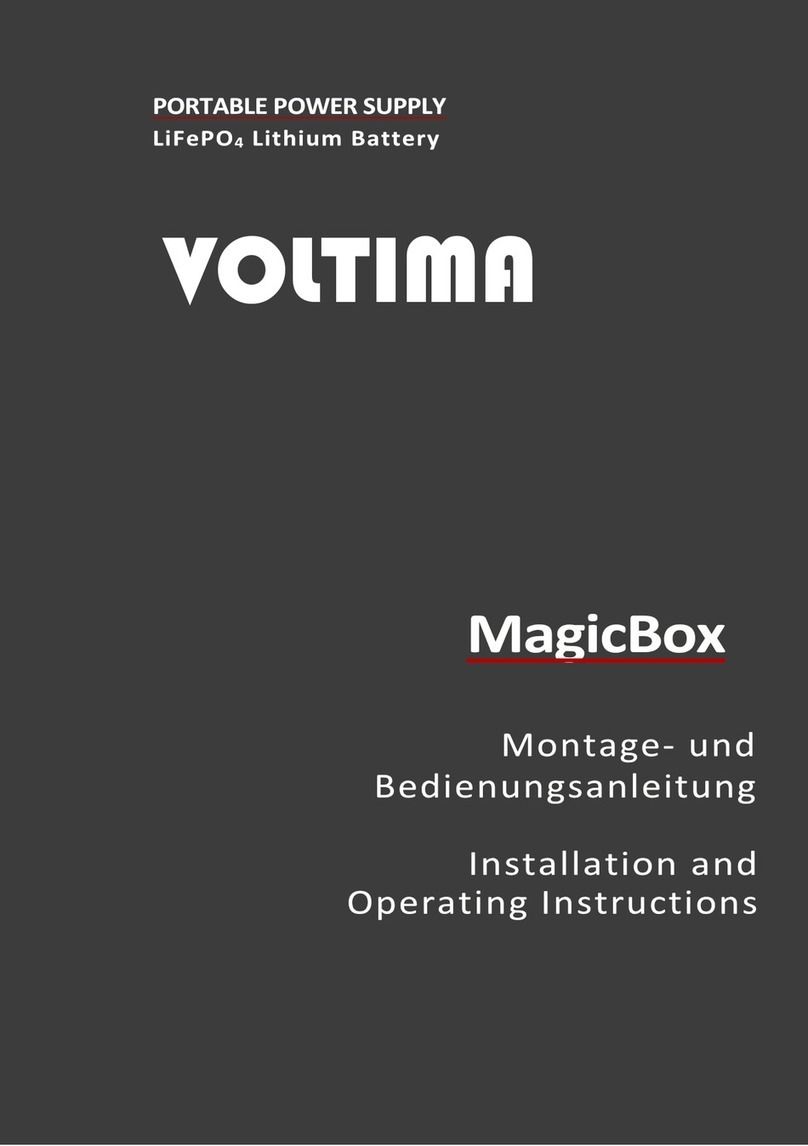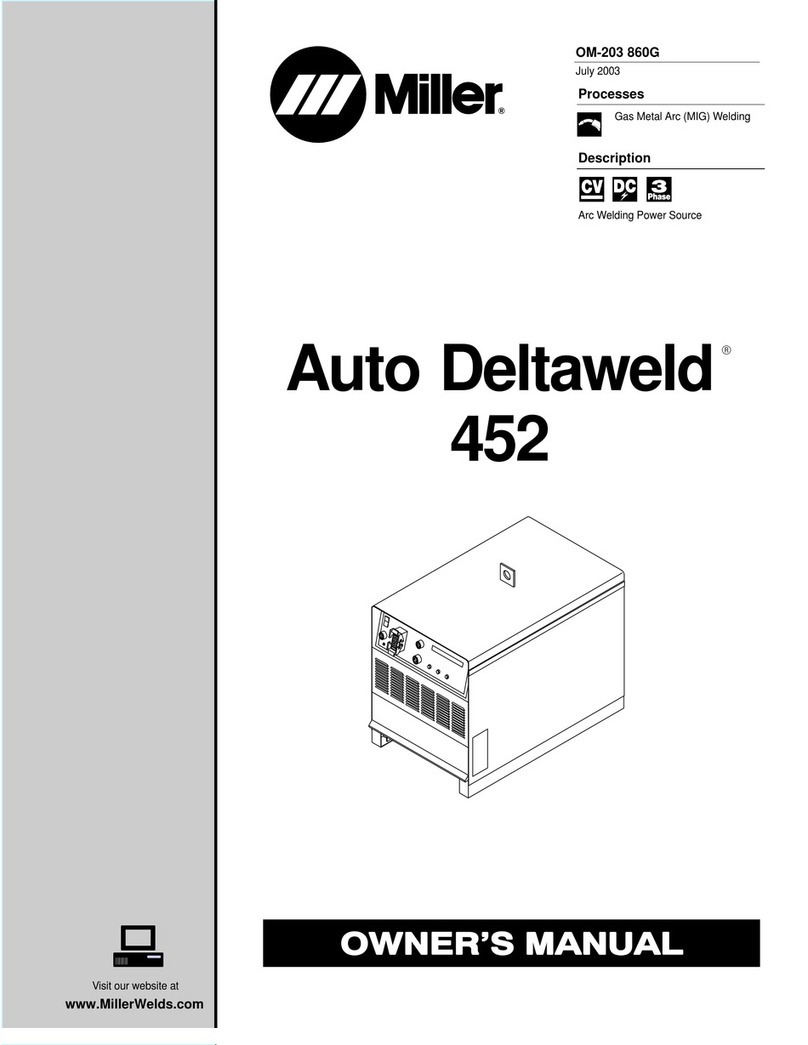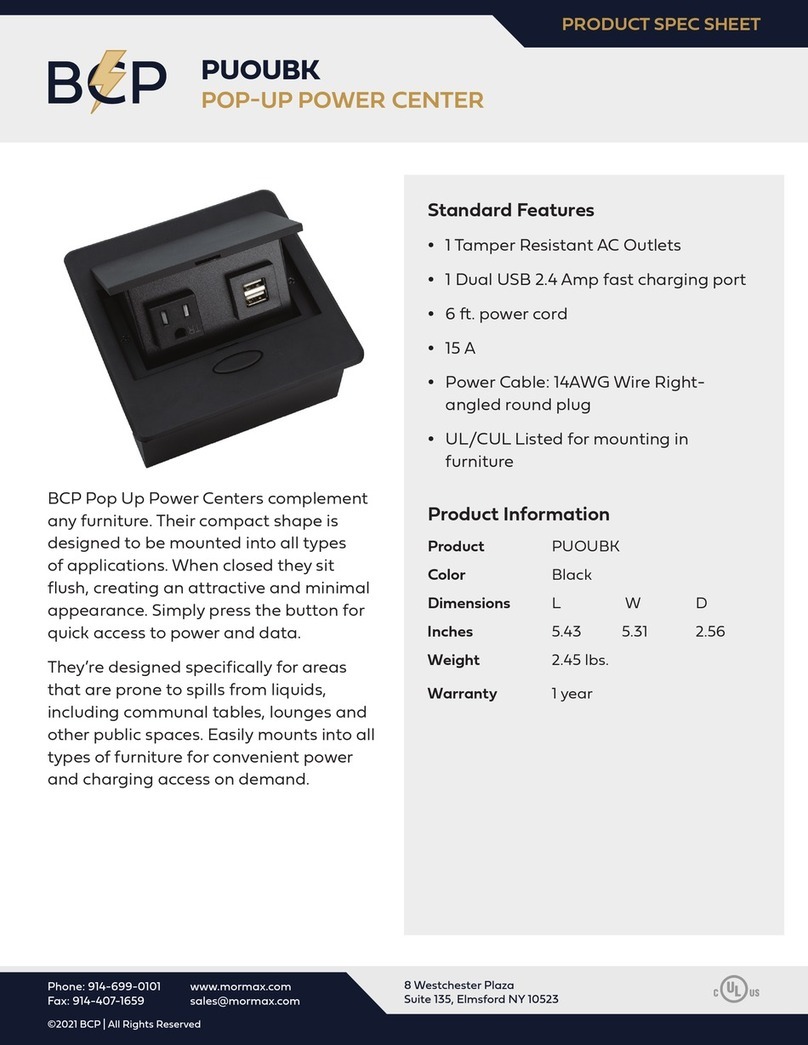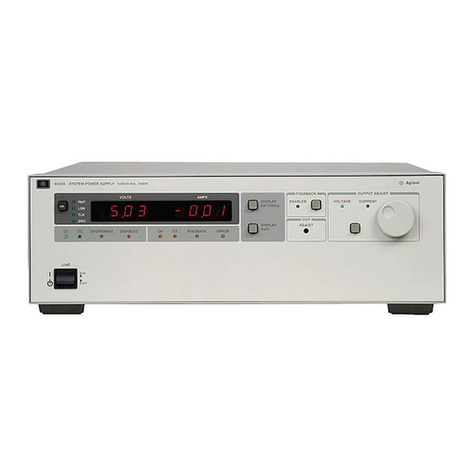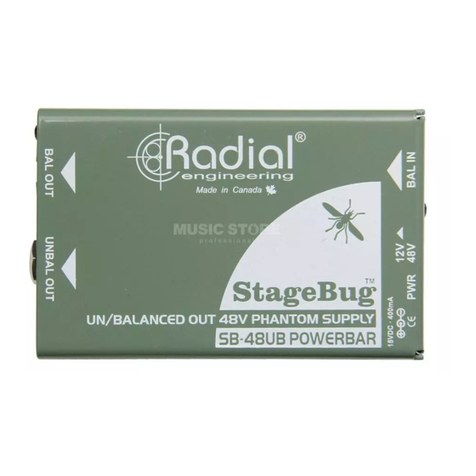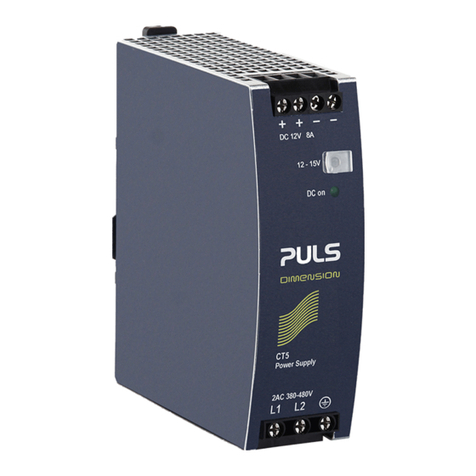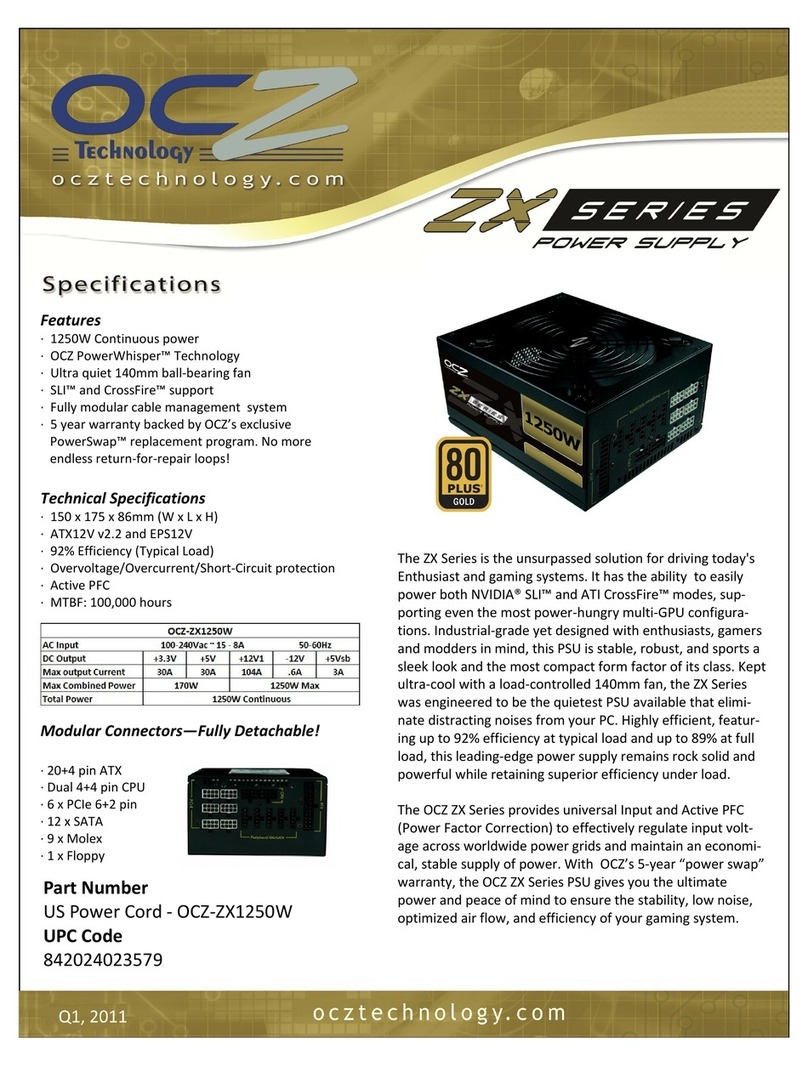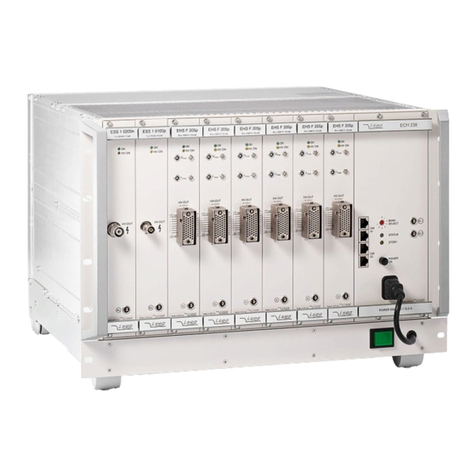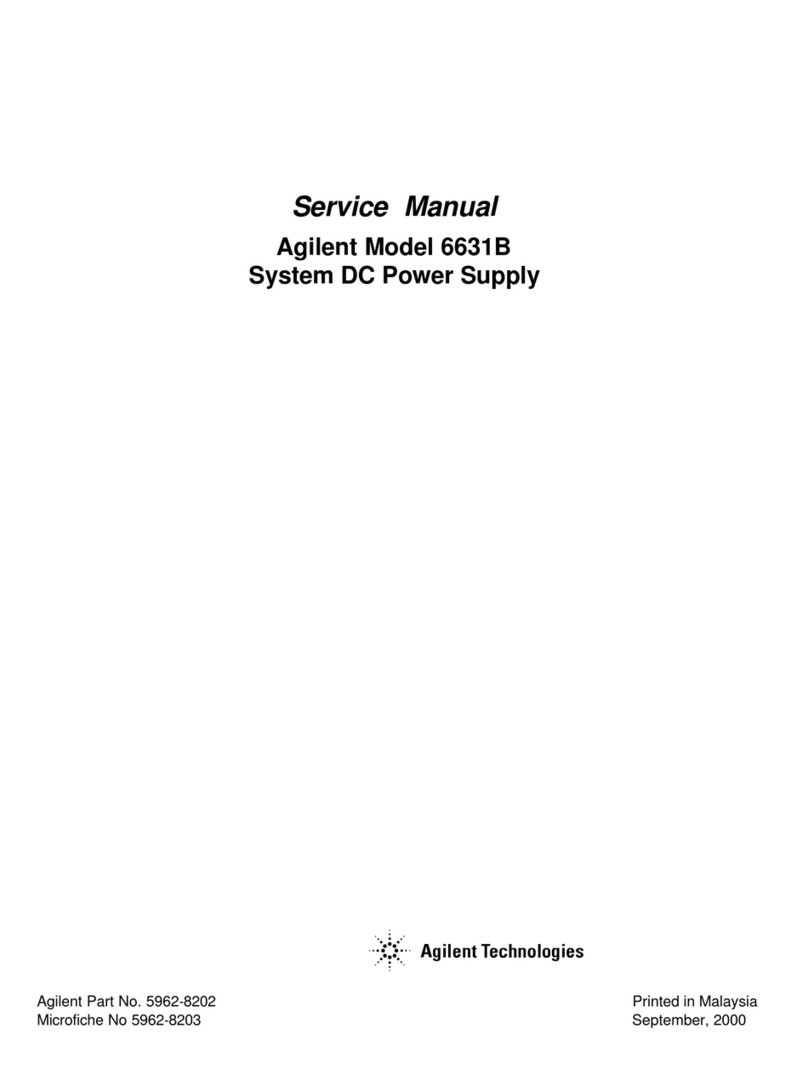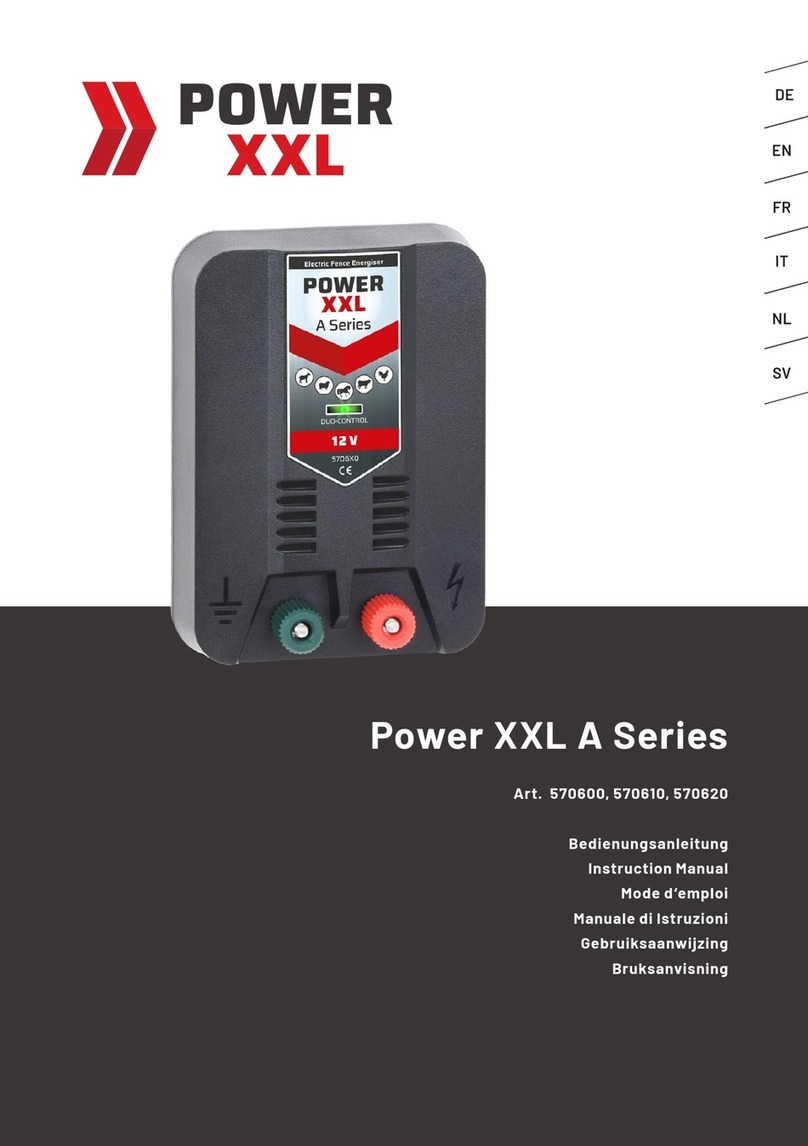
SMP7PM
Supervised Power Supply/Charger
Overview:
The SMP7PM is a supervised power supply that converts a low voltage AC input into 12VDC or 24VDC output with 6A
continuous supply current.
Specifications:
Input:
• Input 28VAC
(Voltage Output/Transformer Selection Table).
Output:
• 12VDC or 24VDC selectable output.
• 6A supply current.
• Output fuse is rated 15A/32V.
• Filtered and electronically regulated outputs.
• Short circuit and thermal overload protection.
Battery Backup:
• Built-in charger for sealed lead acid or gel type batteries.
• Maximum charge current 0.7A.
Battery Backup (cont’d):
• Zero voltage drop when switching over
to battery backup.
Supervision:
• AC fail supervision (form “C” contacts).
• Battery presence and low battery supervision
(form “C” contacts).
Indicators:
• AC input and DC output LED indicators.
Board Dimensions (W x L x H approximate):
7” x 4.25” x 1.25” (177.8mm x 108mm x 31.8mm).
Voltage Output/Transformer Selection Table:
Output VDC Switch Position Max. Load DC TransformerRequirements
(Recommended Altronix Part #’s)
12VDC SW1 ON 6A 24VAC or 28VAC / 175VA (T2428175)
24VDC SW1 OFF 6A 24VAC or 28VAC / 175VA (T2428175)
Installation Instructions:
The SMP7PM should be installed in accordance with The National Electrical Code and all applicable Local Regulations.
1. Mount the SMP7PM in the desired location/enclosure.
2. Set the SMP7PM to the desired DC output voltage by setting the SW1 switch (Fig. 1a, pg. 2) to the
appropriate position (Voltage Output/Transformer Selection Table).
3. Connect proper transformer to the terminals marked [AC] (Voltage Output/Transformer Selection Table).
Use 18 AWG or larger for all power connections (Battery, DC output).
Keep power-limited wiring separate from non power-limited wiring (115VAC / 60Hz Input, Battery Wires).
Minimum 0.25” spacing must be provided.
CAUTION: Do not touch exposed metal parts. Shut branch circuit power before installing or servicing equipment.
There are no user serviceable parts on the board. Refer installation and servicing to qualified service personnel.
4. Measure output voltage before connecting devices. This helps avoiding potential damage.
5. Connect devices to be powered to the terminals marked [- DC +].
6. When the use of stand-by batteries is desired, they must be lead acid or gel type. Connect battery to the terminals
marked [- BAT +] on the board (battery leads included). Use two (2) 12VDC batteries connected in series for
24VDC operation.
Note: When batteries are not used, a loss of AC will result in the loss of output voltage.
7. Connect appropriate trouble reporting devices to AC Fail & Low battery supervisory relay outputs marked
[NC, C, NO]. Use 22 AWG to 18 AWG for AC Fail / Low Battery reporting.
AC Failure will report in 5 minutes. For a 6 hour delay on reporting cut resistor J1.
LED Diagnostics:
Red (DC) Green (AC) Power Supply Status
ON ON Normal operating condition.
ON OFF Loss of AC. Stand-by battery is supplying power.
OFF ON No DC output.
OFF OFF Loss of AC. Discharged or no stand-by battery. No DC output.
Available from A1 Security Cameras
